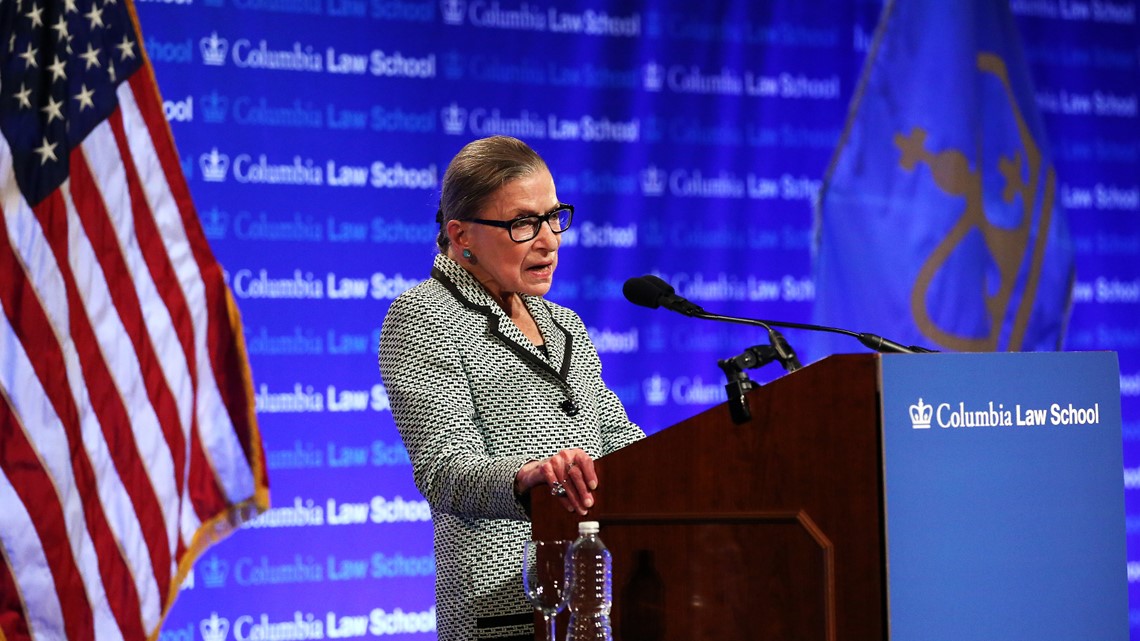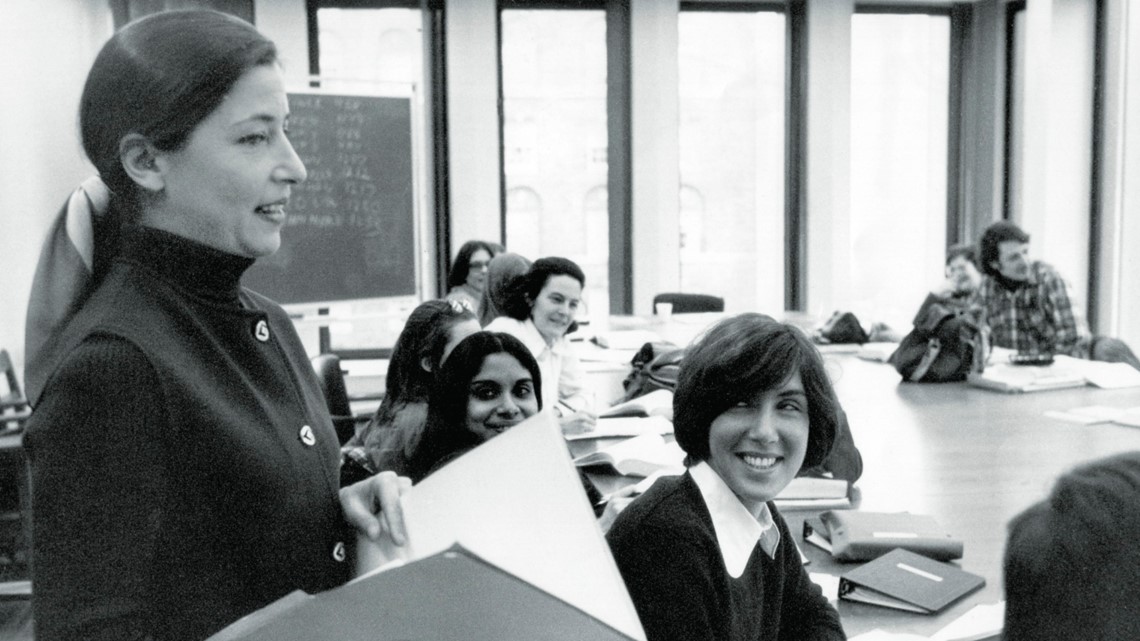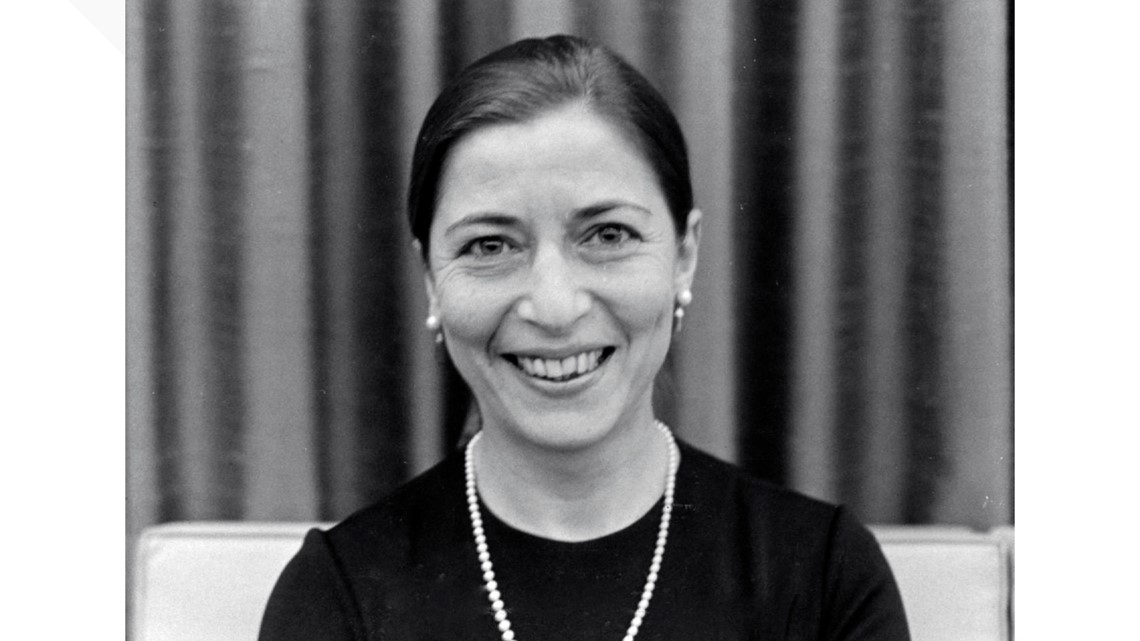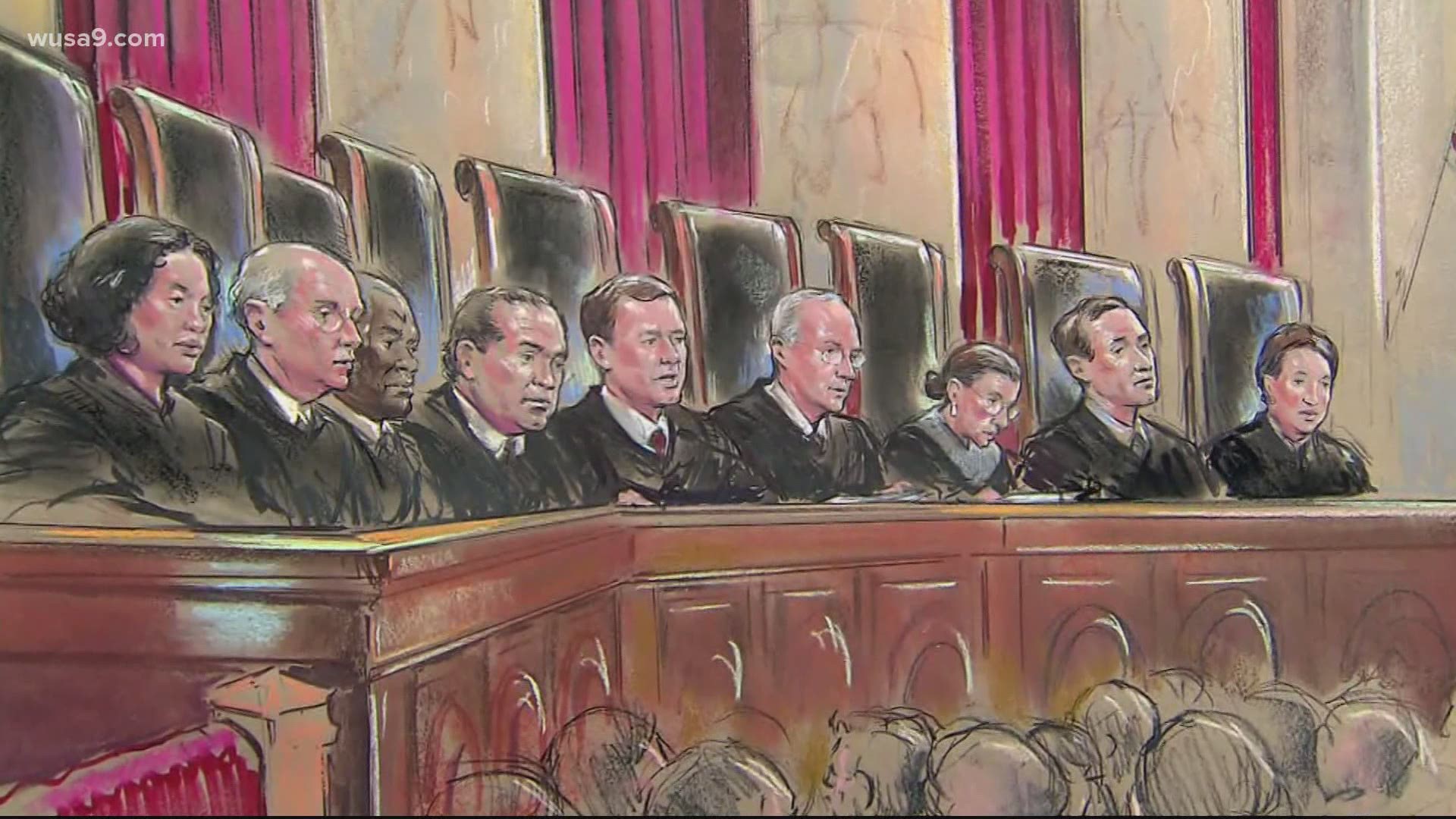WASHINGTON — As people all over the country pay their respects for the late Justice Ruth Bader Ginsburg this week, a law professor at her alma mater, Columbia University, reflects on the impact she made in and outside of the classroom.
Ginsburg shared a special bond with Columbia Law School, which celebrated her 25th anniversary as a justice on the U.S. Supreme Court in 2018.
When Ginsburg transferred from Harvard University to Columbia University when her husband got a job in New York City, she was one of 12 women in her graduating class. According to the university, she tied for first in the Class of 1959. Yet, found herself facing obstacles with employment after graduation. She suspected it was because she was a female, Jewish and a mother, according to the law school.


However, the small, but mighty would-be justice did not let it defeat her. She ended up landing two jobs with the help of the university’s network only to have a full circle moment more than a decade later as the first tenured female professor at Columbia Law School in the early 70s.


Columbia Law Professor Suzanne Goldberg, who is also co-director of the school’s Center for Gender and Sexuality Law, reflects on her impact.
“It is completely inspiring to know that Ruth Bader Ginsburg had some of her legal training at Columbia Law School and then continued on in her work in both advocacy, then ultimately on the court,” Goldberg said. “It’s remarkable to be part of that universe with her.”
According to the law school, Ginsburg introduced the first Sex Discrimination Law course and seminar into the curriculum, laying the foundation for future women’s rights advocates.
When Ginsburg finished teaching, she hired more than two dozen graduates as law clerks in her chambers.


In 1993, President Bill Clinton nominated Ginsburg to the U.S. Supreme Court in what would be the start of nearly 30 years as a justice whose dissents never wavered in the fight for equal rights and gender equality.
“It is almost an impossible task to choose one of Justice Ginsburg’s dissents and say that’s the one that captures it all because you can look at any one of them and see a through the line of an insistence on justice and clarity about what is unjust in the majority of a court’s decision,” Goldberg said.
But perhaps, one of several dissents that stood out to Goldberg was Ginsburg’s pushback to the 2013 landmark decision by the U.S. Supreme Court that struck down protections under the Voting Rights Act of 1965.
“Our country depends on people voting, and to take away voting protections is really a cut at the core of who we are,” Goldberg said. “ She [Ginsburg] saw that, she recognized that and she created, through her words in the dissent, the path for all of us to understand that," Goldberg said.
“Each of us can play a part in speaking about what we see as unjust and then finding ways to address that,” Goldberg added.

